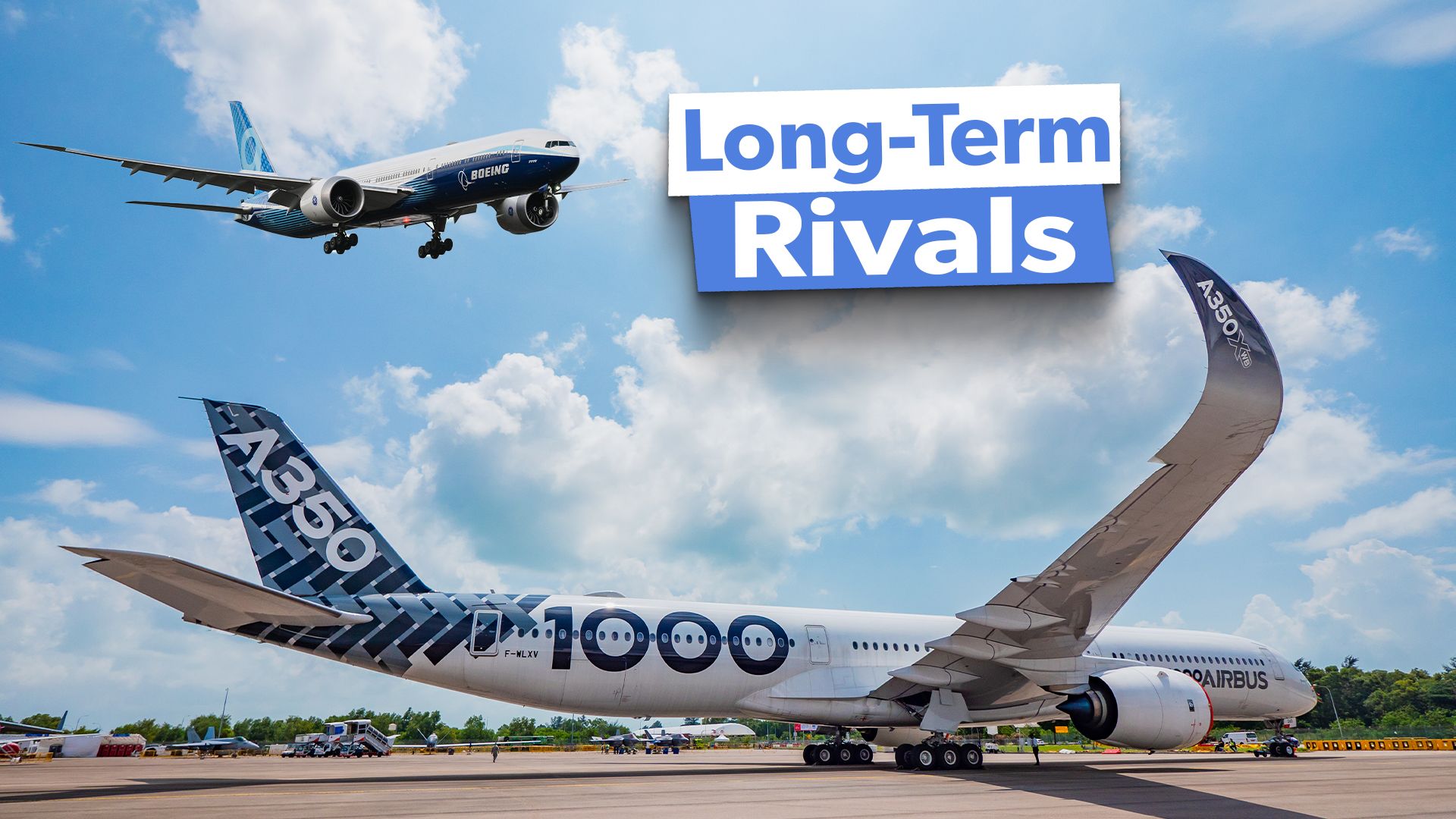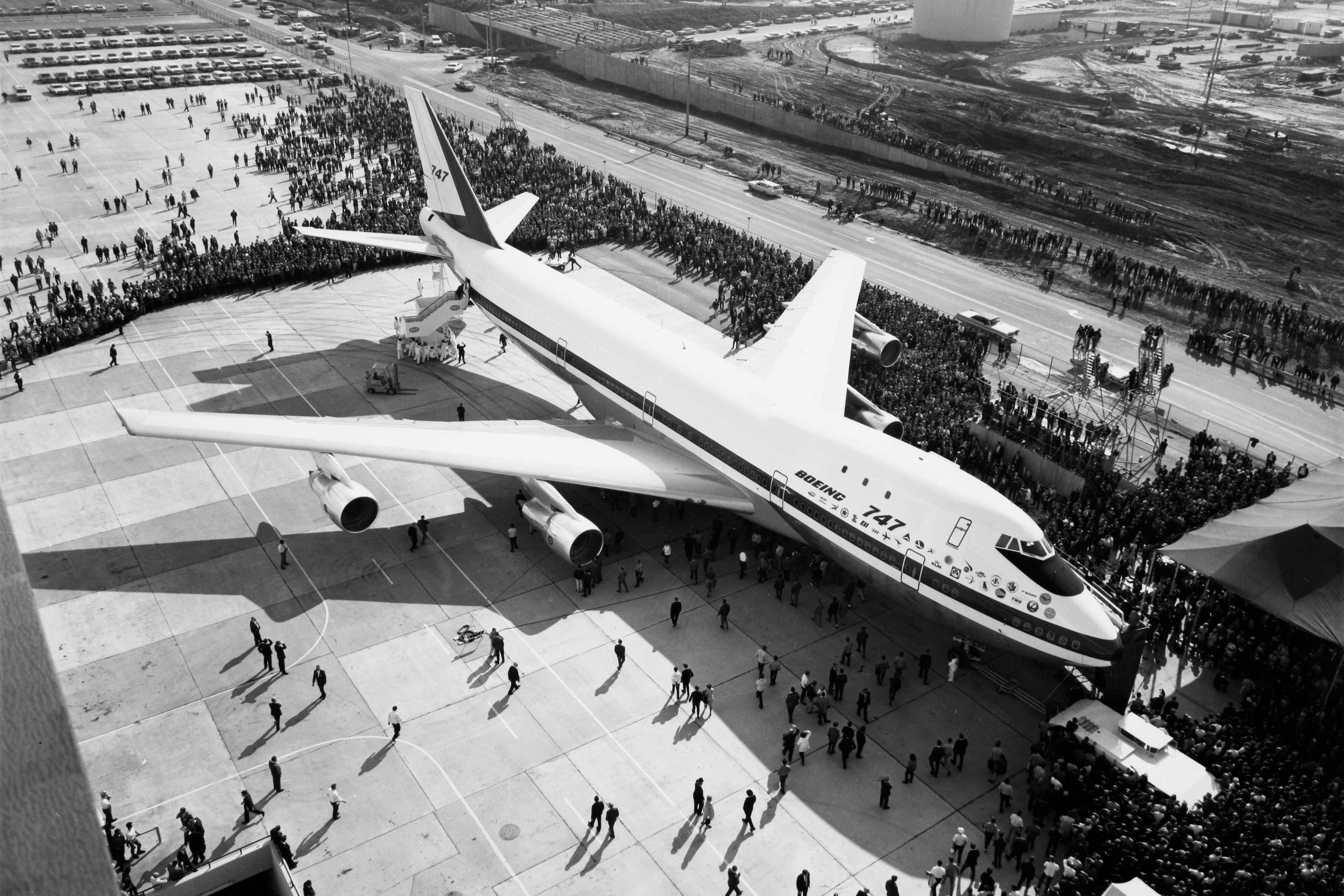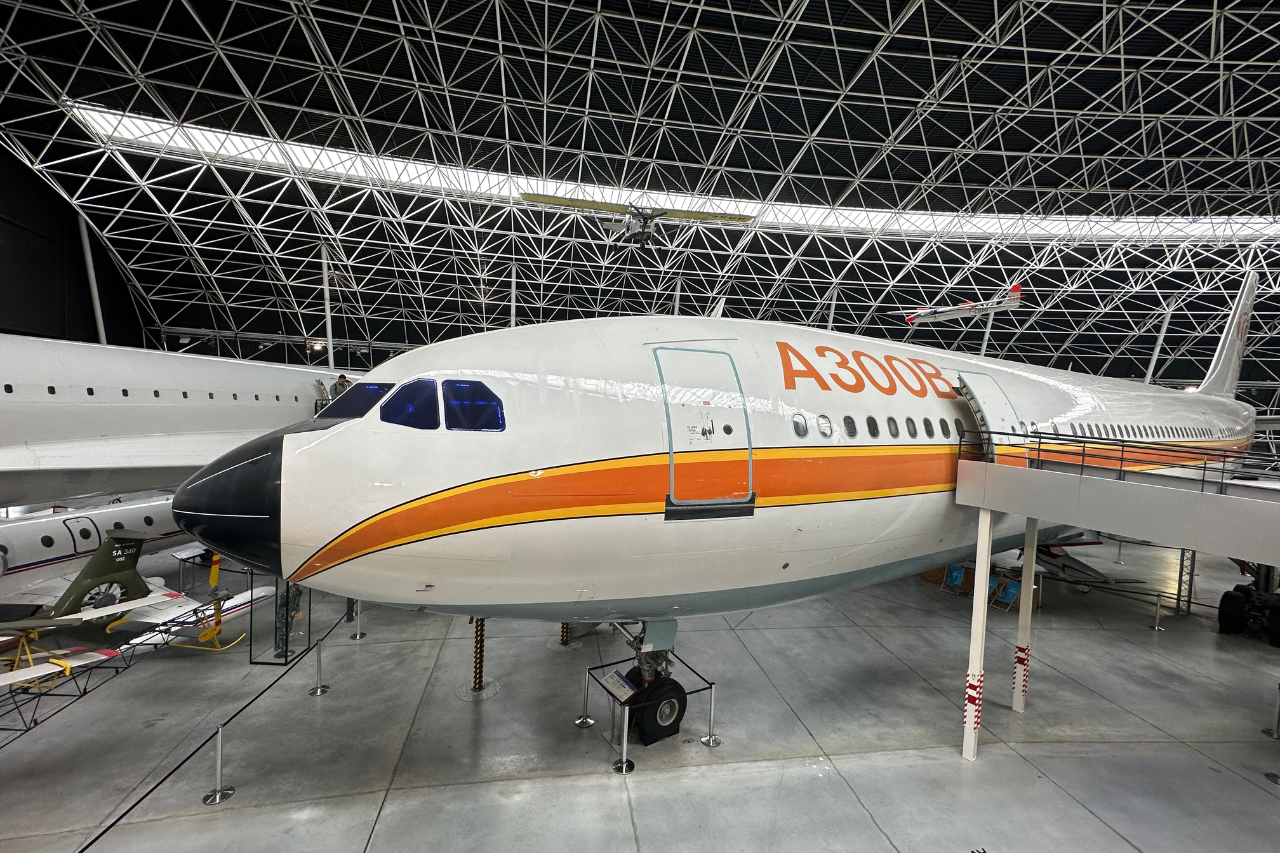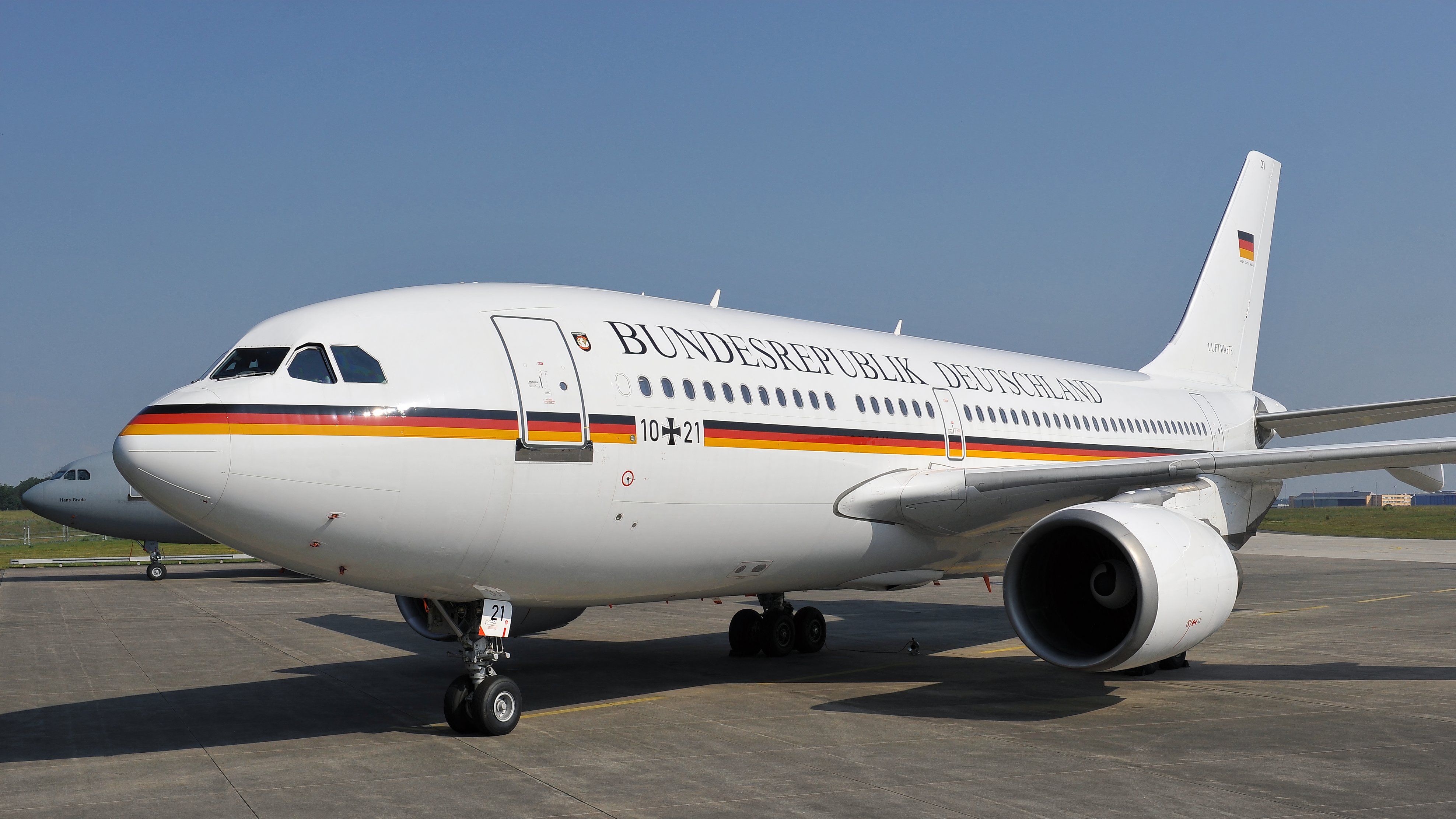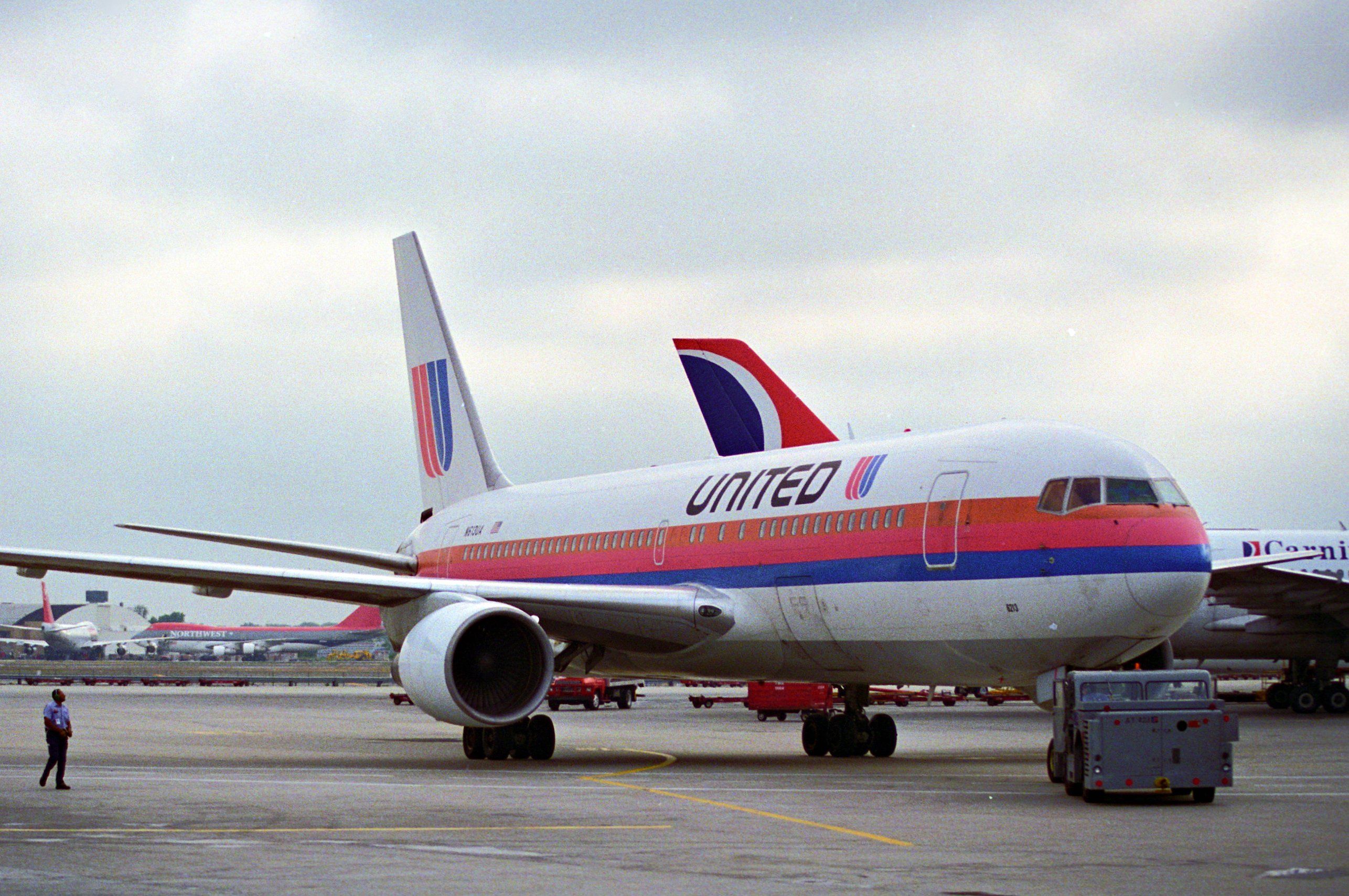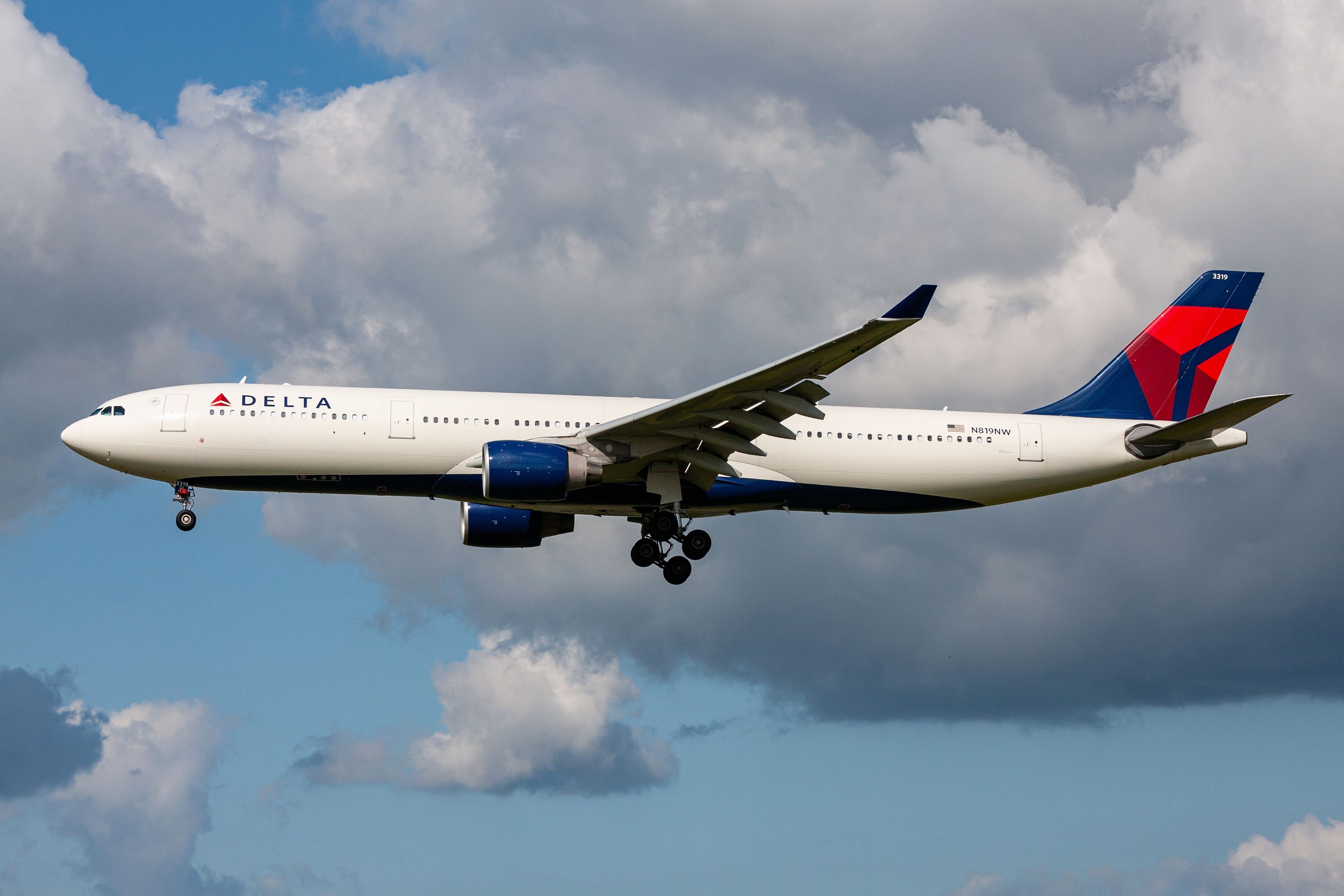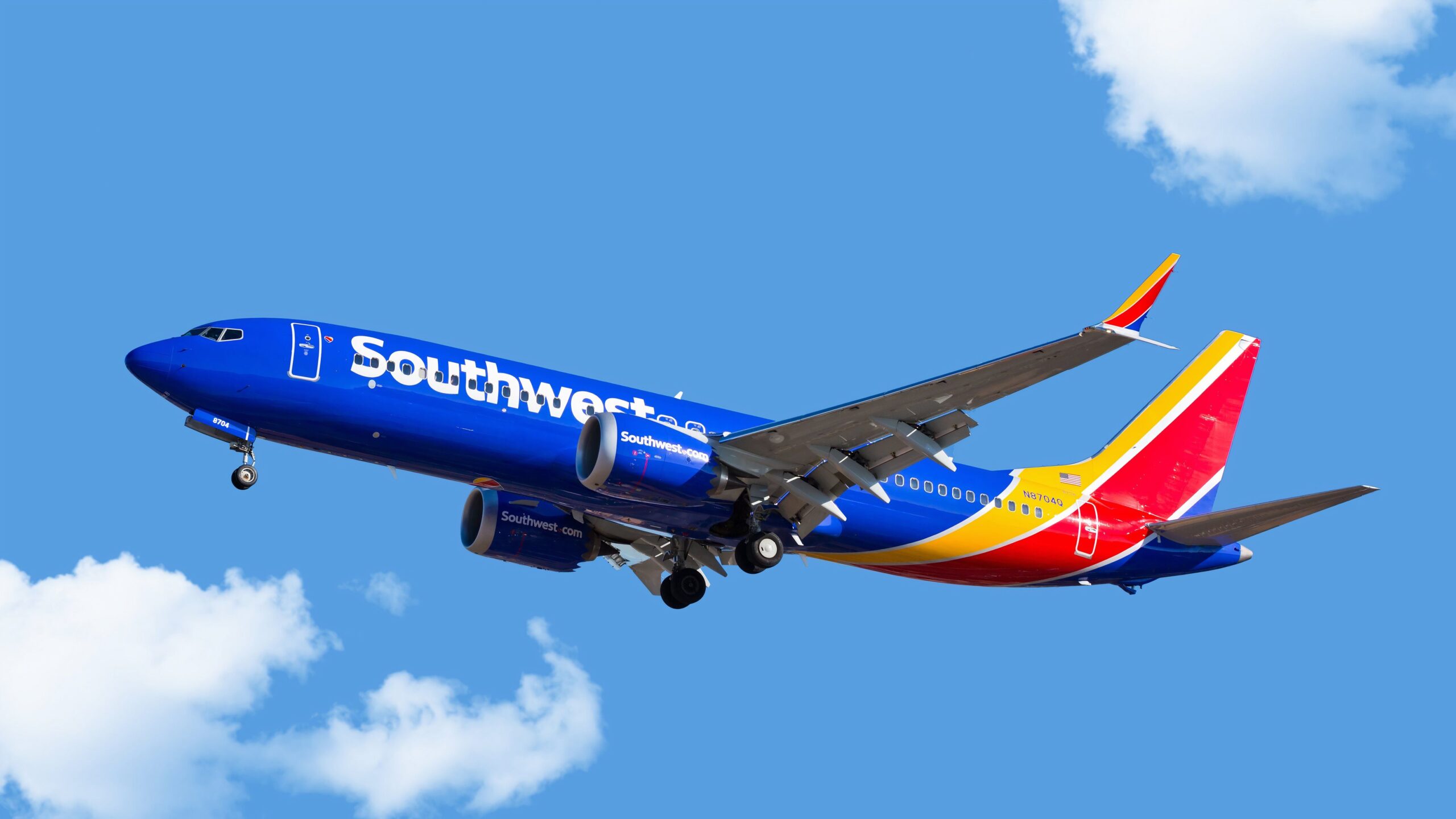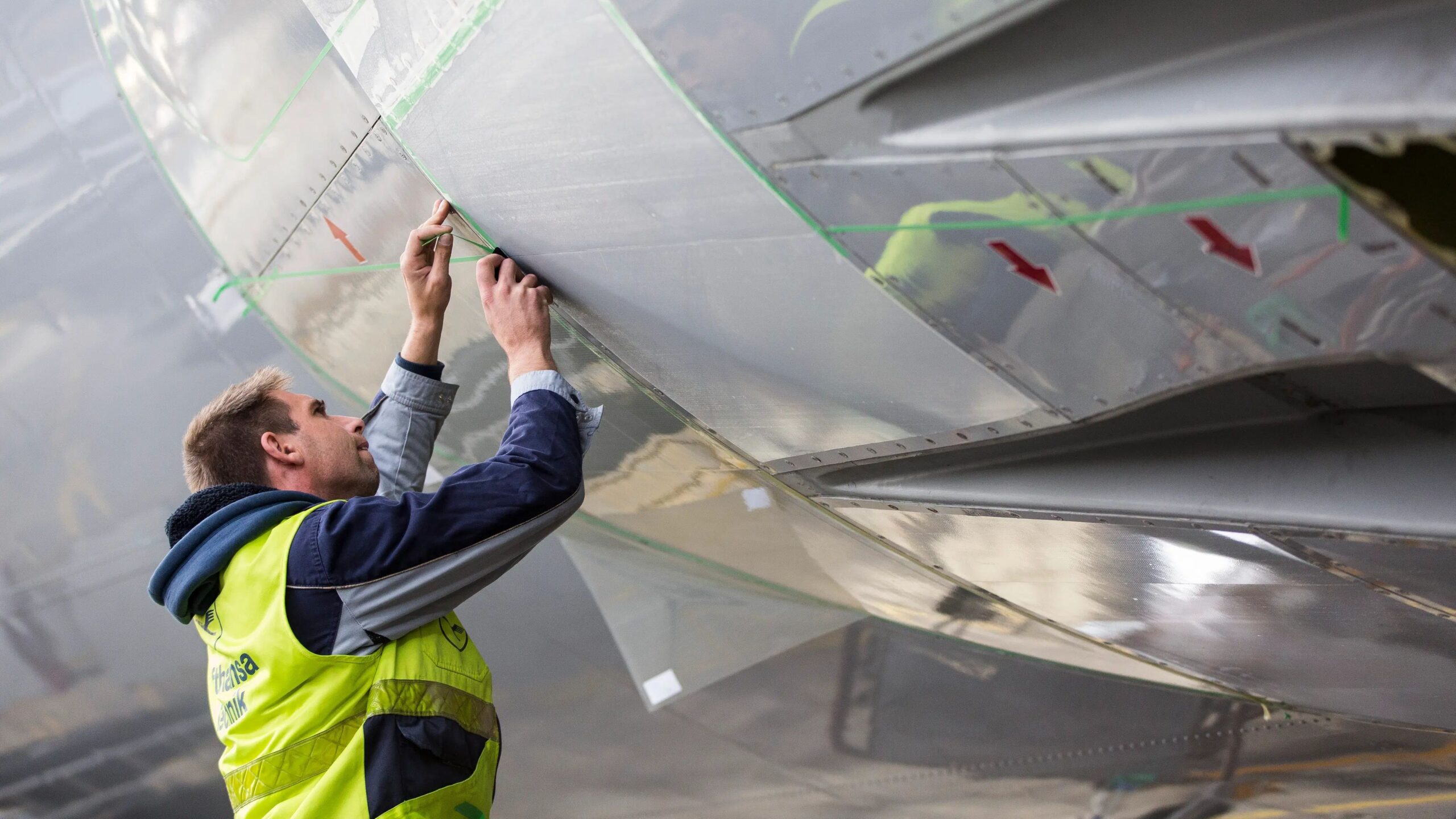Airbus and Boeing are the two most prominent manufacturers in the commercial aircraft market. Apart from a relatively small number of Embraers and Bombardiers in the regional markets, most commercial airliners are built by either Airbus or Boeing. The two manufacturing giants have what seems to be a healthy rivalry, but it was not always the case. Taking a brief dive into history, we look at how this rivalry has evolved over the years, generally regarding commercial aircraft and where it stands today.
|
Type |
Boeing |
Airbus |
|---|---|---|
|
Commercial Aircraft |
Yes |
Yes |
|
Commercial Helicopters |
No |
Yes |
|
Military Helicopters |
Yes |
Yes |
|
Military Aircraft (Fighter Jets & Transport Aircraft) |
Yes |
Yes |
|
Unmanned Aircraft |
Yes |
Yes |
|
AEW&C Aircraft |
Yes |
No |
|
Satellites |
Yes |
Yes |
|
Space Launch Systems |
Yes |
Yes |
|
Silo-based Ballistic Missile Systems |
Yes |
No |
The early days
Boeing is a much older company that was established in 1916 and truly made its mark in commercial aviation after the 1950s. It was one of the first to enter the jet-powered era, enabling long-haul commercial travel. The iconic Boeing 707s, 727s, 737s, and 747s became the early leaders of long-haul travel.
Airbus, on the other hand, was formed much later, precisely with the introduction of the A300 in the early 1970s. The 300-passenger widebody design brought the Airbus partners together to form the company. While individual partners had experiences with commercial airliners, it was the first time a new jet aircraft was introduced under the “Airbus Industrie” banner.
Photo: Nicole Kylie | Simple Flying
While the manufacturer revised the design to make it a 250-passenger jet because the engine deal with Rolls-Royce fell through, the A300 incorporated several new systems and technologies, including the use of composite materials.
The beginning of the rivalry
- Short-haul aircraft: Airbus A220, Airbus A320, Boeing 737
- Medium-haul aircraft: Airbus A321XLR, Boeing 737 MAX, Boeing 757, Boeing 767
- Long-haul aircraft: Airbus A330, Airbus A350, Boeing 777, Boeing 787
- Jumbo aircraft: Airbus A380, Boeing 747
Although the A300 did not compete with the Boeing 747 in terms of capacity and range, it served a medium-range medium-capacity market, as planned by Airbus. In 1978, Airbus introduced the A310, a shorter derivative of the A300 with greater range. With the weakened use of Lockheed L-1011 and Douglas DC-10, the new A310 quickly became the primary aircraft serving the mid-sized market.
Boeing’s 767-200, also introduced in 1978, offered much-needed competition, planting the seed of rivalry between the two companies. It wasn’t until the 1980s that Airbus began to gain real traction following the launch of its narrowbody A320 family aircraft. The type competed directly with the already-storied Boeing 737 family of jets.
Airbus introduced a number of technological innovations in commercial aviation, including a digital cockpit and fly-by-wire control system. According to Airbus,
“As the first civil aircraft to introduce fly-by-wire technology, the A320 Family has set the standards ever since its entry in service. The A320 Family’s cockpit “front office” shares commonality with the other Airbus fly-by-wire aircraft. Pilots fly the A319, A320 and A321 with the Common Type Rating,”
Both the Airbus A320 family and the Boeing 737 family jets became the best-selling narrowbody aircraft with their respective manufacturers. With over 11,000 aircraft of each of the families delivered and thousands on order, the two types generally define the rivalry between the two manufacturers. The competition between the latest Airbus A320neo family and the Boeing 737 MAX family is well underway.
Since the launch of the Airbus A320 family, both manufacturers have been building competing products while staying firm on their individual design philosophies.
The competing widebody products
In the early 1990s, Airbus introduced two widebody aircraft: the twin-engined A330 and the four-engined A340. The A340 was introduced towards the end of the four-engine aircraft era and became a commercial failure, with only 377 jets ordered. The twin-engine A330, on the other hand, remains Airbus’ best-selling widebody jet, with over 1,700 jets ordered.
The A330 and A340 jets compete directly with the Boeing 767 and Boeing 777. The market inclines toward twin-engine aircraft rather than four-engined fuel guzzlers, giving the Boeing 777 a significant advantage over Airbus jets.
Photo: Bjoern Wylezich | Shutterstock
Airbus eventually introduced a competitor in the jumbo category, competing directly with the trend-setter Boeing 747 jumbo-jet. Although significantly late to the market, the A380’s capacity and comfort proved to be significantly better than the older-technology 747s. Nonetheless, both quad-engine jumbo programs had to be suspended due to declining demand for four-engined aircraft.
- Airbus A350: -900, -900ULR, -1000
- Boeing 787 Dreamliner: 787-8, 787-9, 787-10
Today, two rivals compete with their latest composite-based aircraft: the Boeing 787 Dreamliner and the Airbus A350. While Boeing awaits certification and delivery of its 777X jets and begins work on the new mid-sized 797 program, the world has yet to see what Airbus comes up with.

